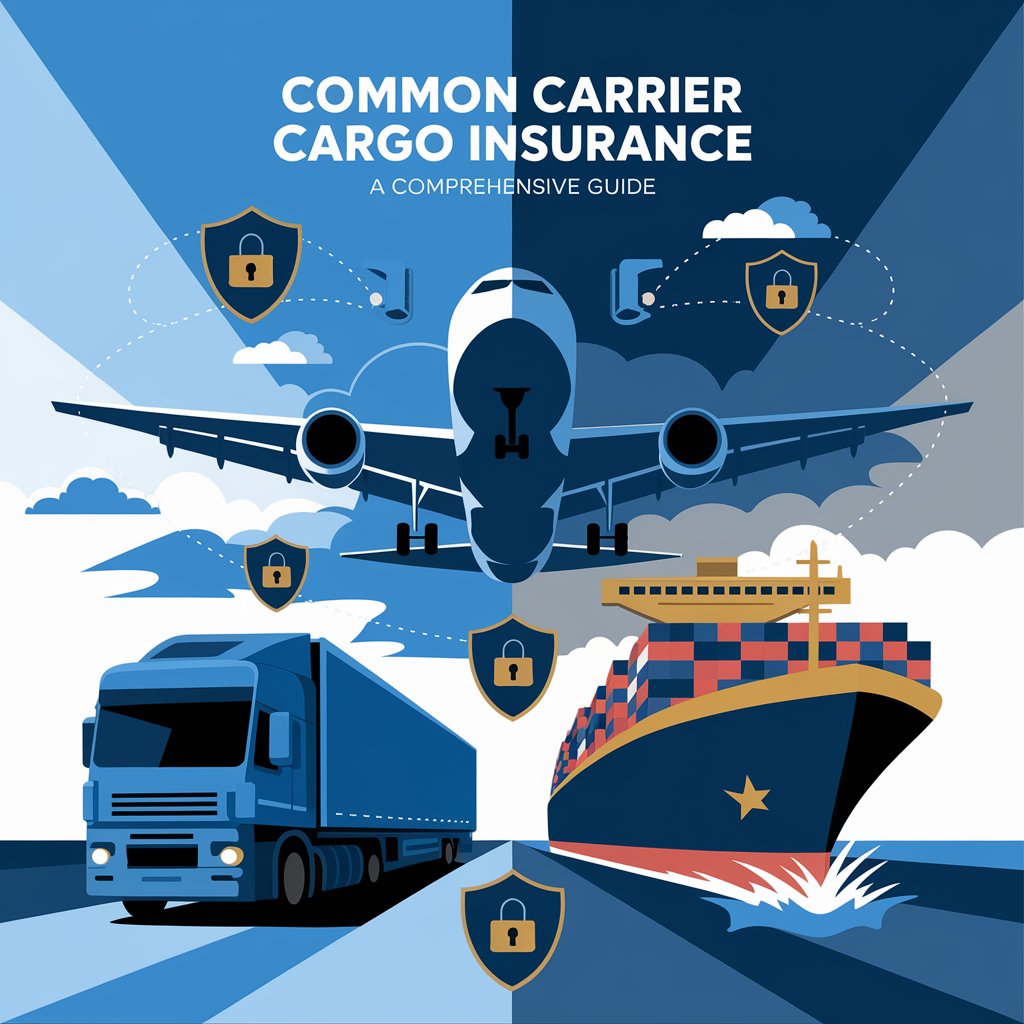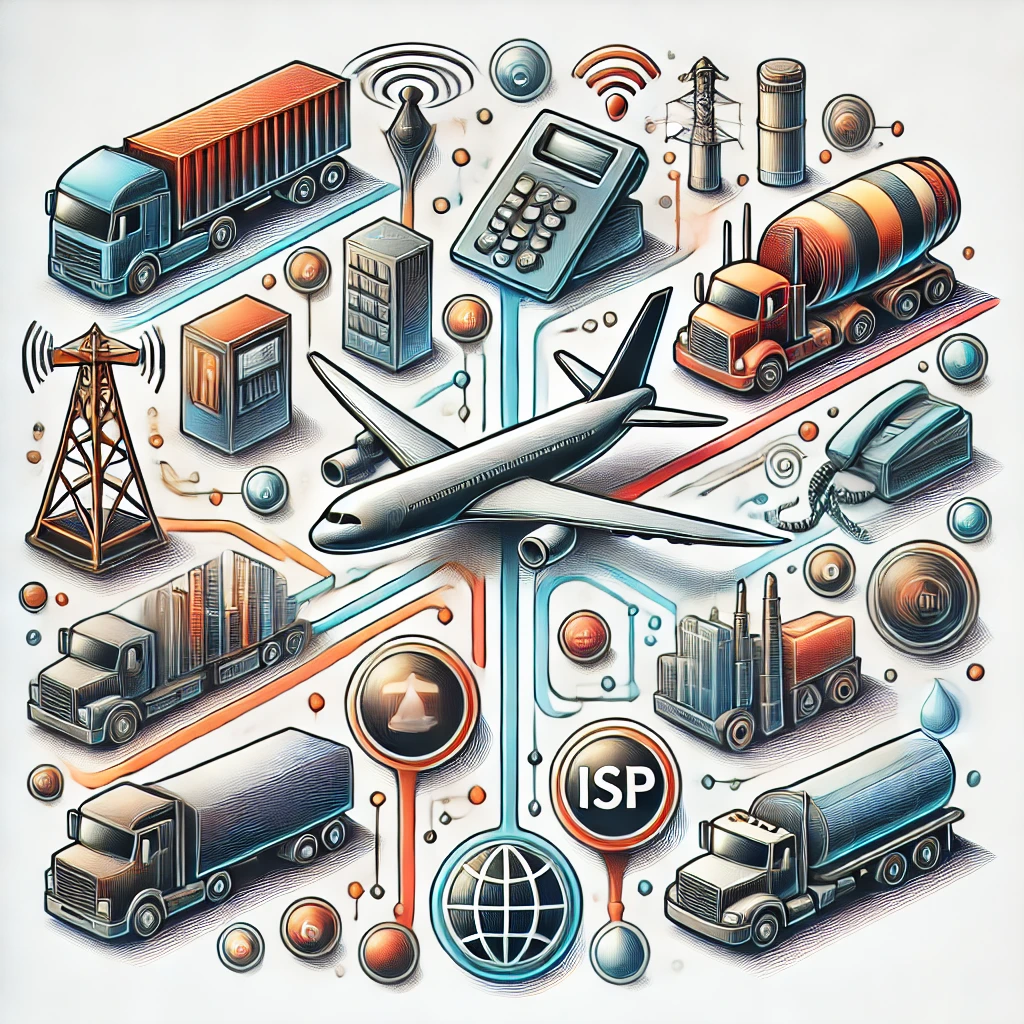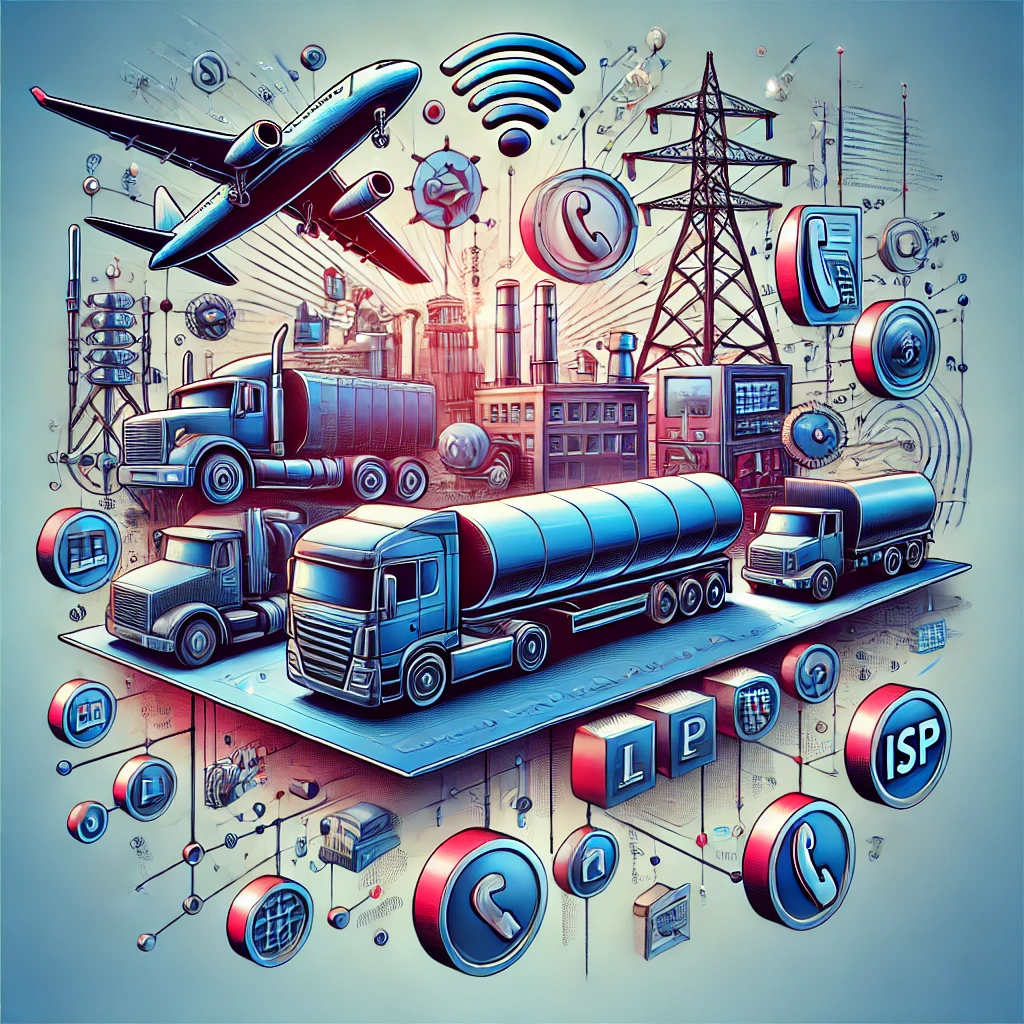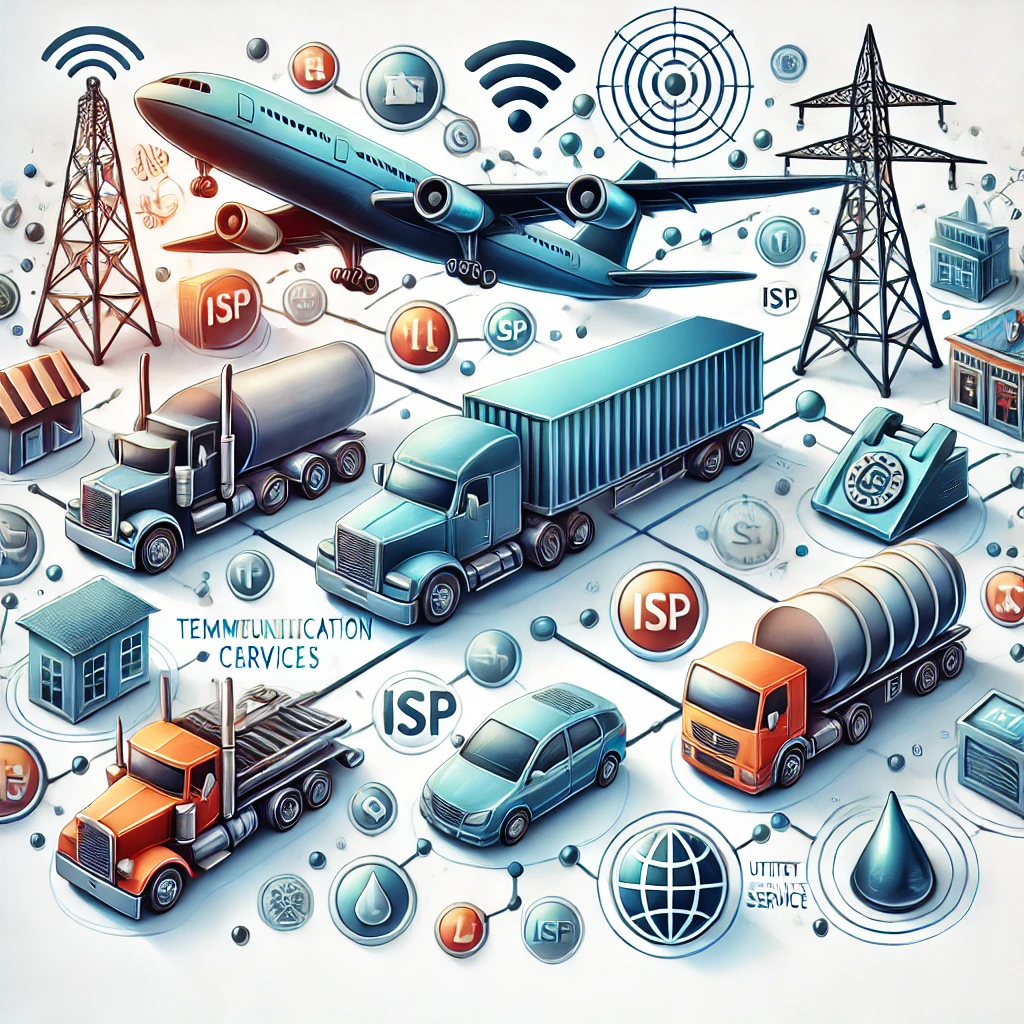Common Carrier Examples: A Comprehensive Guide to Types of Common Carriers

Overview of Different Types of Common Carriers
Common carriers can be broadly categorized into several types:
- Transportation Common Carriers: These move people or goods from one place to another.
- Telecommunication Common Carriers: These transmit information through various means.
- Utility Common Carriers: These provide essential services like electricity or water.
- Digital Common Carriers: An emerging category that includes some internet service providers.
Each of these categories includes various subtypes and specific examples, which we’ll explore in detail.
Transportation Common Carriers: Examples and Characteristics
Transportation common carriers are perhaps the most visible type of common carriers. Let’s look at some common carrier examples in this category:
1. Airlines
Examples: American Airlines, Delta Air Lines, United Airlines, Southwest Airlines
Characteristics:
- Operate scheduled flights between airports
- Subject to strict safety regulations
- Offer services to the general public
- Regulated by agencies like the FAA in the US
2. Railways
Examples: Amtrak (USA), Deutsche Bahn (Germany), SNCF (France), JR Group (Japan)
Characteristics:
- Provide passenger and freight services on fixed rail networks
- Often have a mix of public and private ownership
- Subject to specific rail safety and operational regulations
3. Trucking Companies
Examples: UPS Freight, FedEx Freight, XPO Logistics, J.B. Hunt Transport Services
Characteristics:
- Offer road freight services for various types of goods
- Subject to regulations on driver hours, vehicle safety, and cargo security
- Often provide both full truckload (FTL) and less-than-truckload (LTL) services
4. Bus Services
Examples: Greyhound Lines (USA), National Express (UK), FlixBus (Europe)
Characteristics:
- Provide scheduled passenger services between cities or within urban areas
- Subject to passenger safety regulations and accessibility requirements
- Often serve as an affordable alternative to other forms of long-distance travel
5. Taxi and Rideshare Services
Examples: Yellow Cab, Uber, Lyft, Grab
Characteristics:
- Offer on-demand transportation services
- Increasingly subject to specific regulations as the industry evolves
- Blend traditional common carrier principles with modern technology platforms
6. Shipping Lines
Examples: Maersk Line, Mediterranean Shipping Company (MSC), CMA CGM
Characteristics:
- Provide maritime freight services
- Subject to international maritime laws and regulations
- Often operate on fixed routes with scheduled services
Telecommunication Common Carriers: Examples and Characteristics
Telecommunication common carriers are responsible for transmitting information. Here are some common carrier examples in this category:
1. Telephone Companies
Examples: AT&T, Verizon, Deutsche Telekom, NTT
Characteristics:
- Provide voice communication services
- Often offer both landline and mobile services
- Subject to telecommunications regulations and often required to provide universal service
2. Internet Service Providers (ISPs)
Examples: Comcast, Charter Communications, Vodafone, Orange
Characteristics:
- Provide internet connectivity to homes and businesses
- Increasingly subject to debates about net neutrality and common carrier status
- Often offer bundled services including TV and telephone
3. Satellite Communication Providers
Examples: Inmarsat, Iridium Communications, ViaSat
Characteristics:
- Provide global communication services via satellite networks
- Often serve areas where terrestrial networks are unavailable
- Subject to both telecommunications and space regulations

Utility Common Carriers: Examples and Characteristics
While not always classified as common carriers in all jurisdictions, utility providers often share similar characteristics:
1. Electric Utilities
Examples: Pacific Gas and Electric Company (PG&E), Électricité de France (EDF)
Characteristics:
- Provide electricity to homes and businesses
- Often operate as regulated monopolies in their service areas
- Subject to strict safety and reliability standards
2. Water Utilities
Examples: American Water, Thames Water
Characteristics:
- Provide clean water and wastewater services
- Highly regulated to ensure water quality and public health
- Often publicly owned or operated under public-private partnerships
Postal Services: A Unique Type of Common Carrier
Postal services are a distinct category of common carriers with their own unique characteristics:
Examples: United States Postal Service (USPS), Royal Mail (UK), Deutsche Post (Germany)
Characteristics:
- Provide mail and package delivery services
- Often have a universal service obligation to serve all addresses within a country
- May have a mix of monopoly services and competitive offerings
- Subject to specific postal regulations
How to Identify if a Company is a Common Carrier
To determine if a company is a common carrier, consider these factors:
- Public Availability: Does the company offer its services to the general public?
- Regulatory Oversight: Is the company subject to specific common carrier regulations?
- Non-Discrimination: Does the company have an obligation to serve all customers equally?
- Published Rates: Are the company’s rates publicly available and generally non-negotiable?
- Liability Standards: Is the company held to a higher standard of liability for the safety of passengers or integrity of goods?
If a company meets most or all of these criteria, it’s likely operating as a common carrier.
Common Carrier Services: Shipping, Tracking, and Insurance
Common carriers, especially in the transportation sector, often offer a range of services:
1. Shipping Services
- Various speed options (e.g., standard, express, overnight)
- Different service levels (e.g., ground, air, freight)
- International and domestic shipping options
2. Tracking Capabilities
- Real-time tracking of shipments
- Automated notifications about shipment status
- Integration with customer systems for seamless tracking
3. Insurance Options
- Basic coverage included in shipping rates
- Options for additional insurance for high-value items
- Claims processes for lost or damaged items

Comparison of Services Offered by Major Common Carriers
Let’s compare some common carrier examples in the package delivery industry:
Carrier | Ground Shipping | Express Shipping | International | Tracking |
FedEx | Yes | Yes | Yes | Advanced |
UPS | Yes | Yes | Yes | Advanced |
USPS | Yes | Yes | Yes | Basic |
DHL | Limited | Yes | Yes | Advanced |
Each carrier has its strengths and specialized services, allowing customers to choose based on their specific needs.
Emerging Trends in Common Carrier Services
The landscape of common carriers is continually evolving. Here are some emerging trends:
- Drone Delivery: Companies like Amazon are experimenting with drone delivery services.
- Autonomous Vehicles: Self-driving trucks and cars may reshape transportation common carriers.
- 5G Networks: Next-generation mobile networks are expanding the capabilities of telecommunication common carriers.
- Green Initiatives: Many carriers are adopting more environmentally friendly practices and technologies.
- AI and Machine Learning: These technologies are being used to optimize routes, improve tracking, and enhance customer service.
- Blockchain in Logistics: Some carriers are exploring blockchain for improved transparency and efficiency.
- Last-Mile Innovation: New solutions for the final leg of delivery, including locker systems and crowd-sourced delivery.
These trends suggest that the common carrier examples we’re familiar with today may look quite different in the future.

Case Studies: Common Carriers in Action
Let’s look at some real-world examples of how common carriers operate:
1. FedEx: Pioneering Overnight Delivery
FedEx revolutionized the courier industry by introducing overnight delivery. Their hub-and-spoke system, combined with a fleet of aircraft, allowed them to promise and deliver on “absolutely, positively overnight” service.
2. Uber: Challenging Traditional Taxi Services
Uber’s entry into the transportation market has sparked debates about the definition of common carriers. While offering services similar to traditional taxis, Uber’s technology-driven approach has led to regulatory challenges and discussions about whether ride-sharing companies should be classified as common carriers.
3. Comcast: Navigating the Net Neutrality Debate
As one of the largest ISPs in the United States, Comcast has been at the center of discussions about net neutrality and whether internet service providers should be classified as common carriers. This case highlights the evolving nature of common carrier regulations in the digital age.

Conclusion: The Diverse World of Common Carriers
As we’ve explored in this comprehensive guide, common carrier examples span a wide range of industries and services. From the trucks that deliver our online purchases to the telecommunications networks that keep us connected, common carriers play a crucial role in our daily lives and the global economy.
Understanding the various types of common carriers, their characteristics, and the services they offer is valuable for both businesses and consumers. It allows businesses to make informed decisions about shipping and communication services, and helps consumers understand their rights and options when using these services.
As technology continues to advance, we can expect to see new types of common carriers emerge and existing ones evolve. The fundamental principles of public service, non-discrimination, and regulatory oversight are likely to remain important, even as the specific applications change.
Whether you’re shipping a package, making a phone call, or connecting to the internet, you’re likely relying on a common carrier. By understanding these entities and how they operate, we can better appreciate the complex systems that keep our interconnected world running smoothly.
